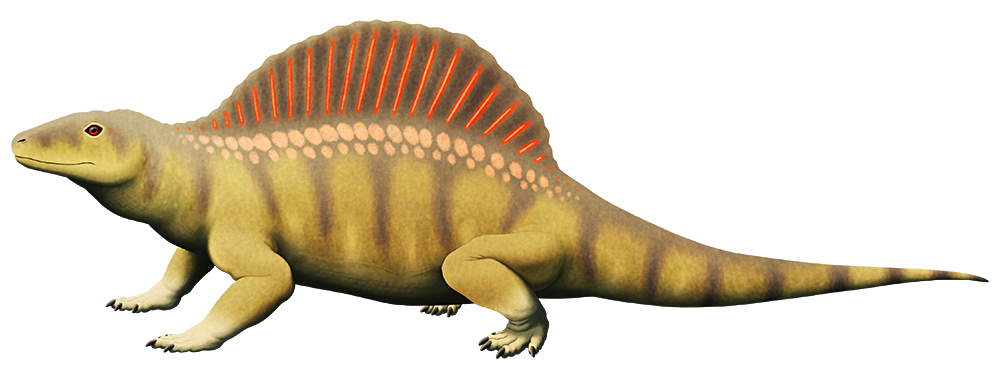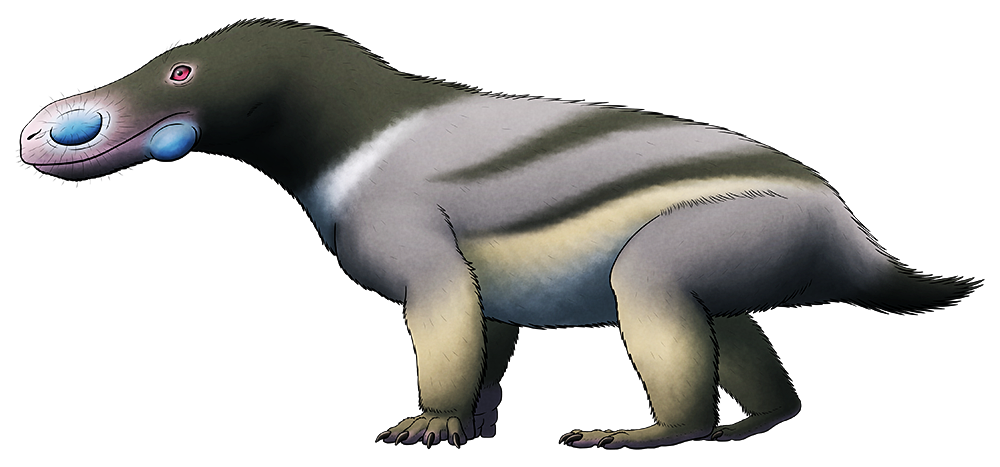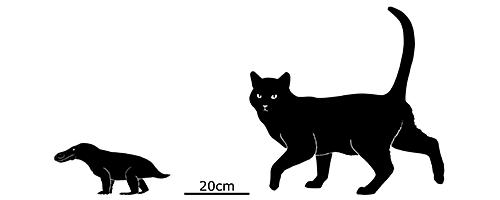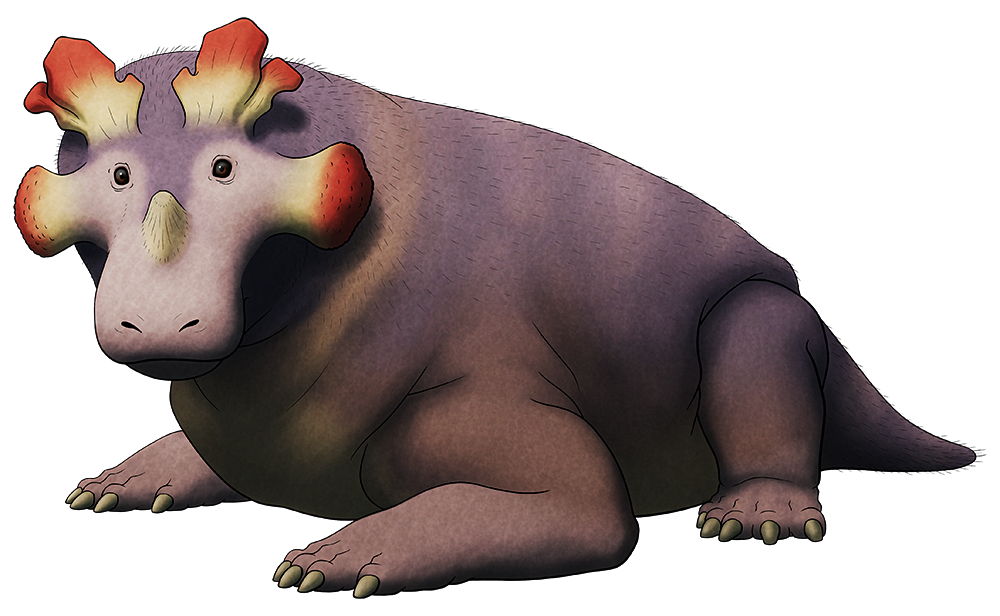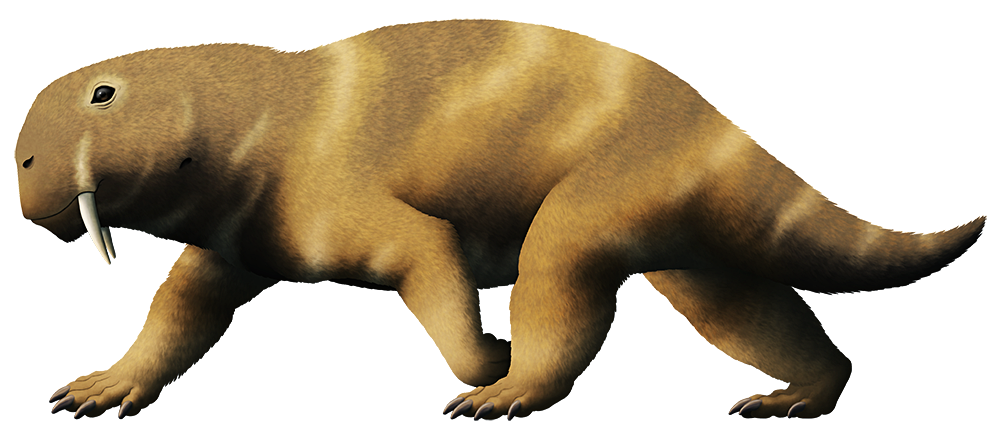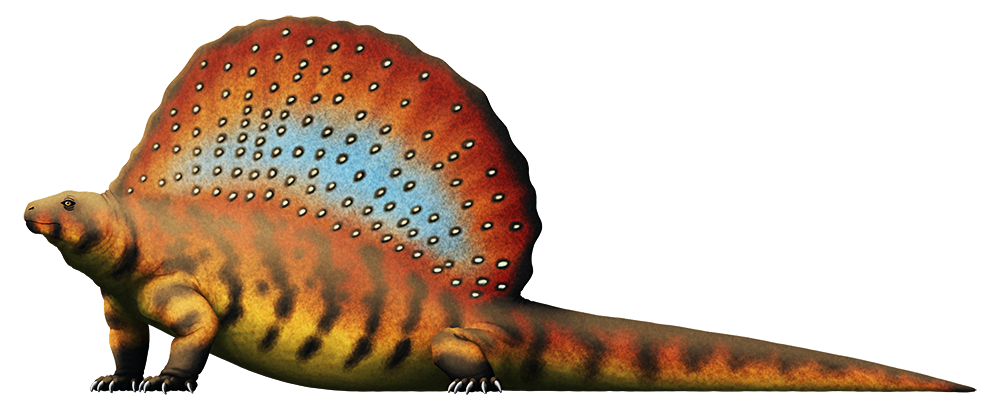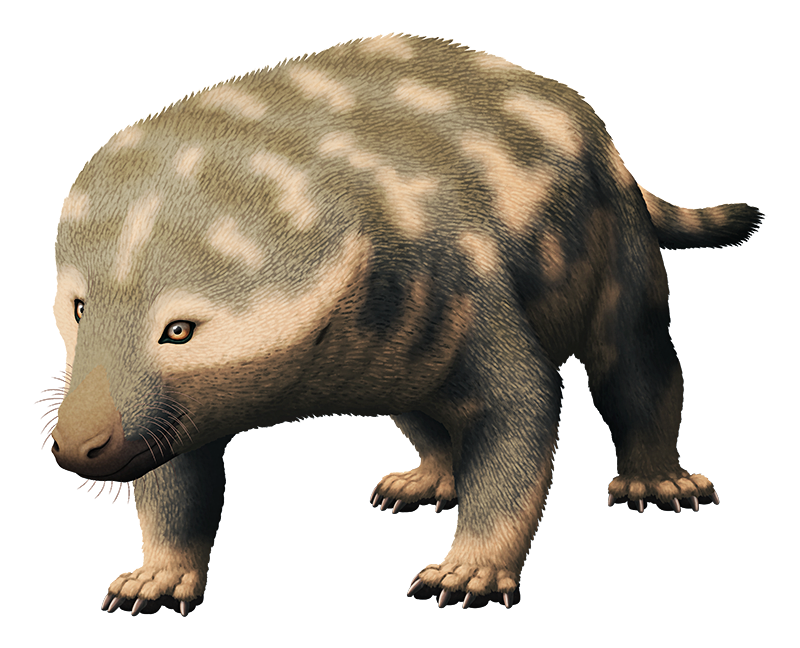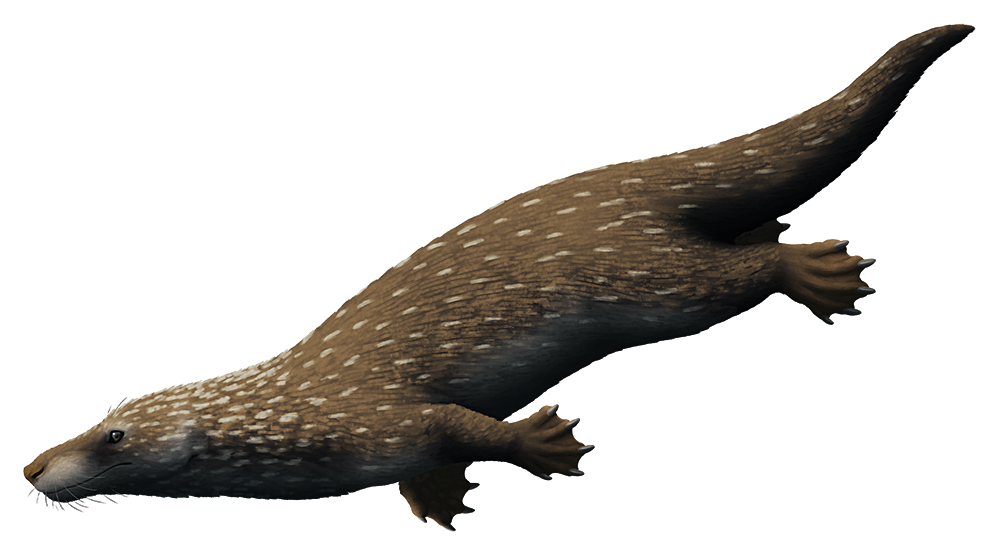Echinerpeton intermedium here was one of the earliest known members of the synapsids, the lineage that includes all mammals along with other “reptile-like” stem-mammals such as the famous sailbacked Dimetrodon.
Living during the Late Carboniferous in Nova Scotia, Canada, this 60-70cm long (2′-2’4″) distant cousin to modern mammals was previously known only from the fossilized remains of juveniles – with all known specimens showing slightly elongated spines on their vertebrae that gave it a sort of high-backed “proto-sail” appearance.
But a newly described fossil has completely changed what we know about this animal.
A single vertebrae identified as belonging to Echinerpeton shows a much much longer spine than anything we’ve ever seen before, and confirms that this species actually had a large elaborate true sailback – making it the earliest known tetrapod to experiment with this type of anatomy.
This individual seems to have been older than the other known specimens, but still not fully grown, leaving the possibility that fully mature Echinerpeton may have had even larger sails than this.

